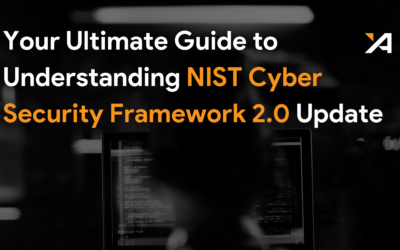A checklist that you can use to help achieve SOC 2 compliance:
- Review and understand the SOC 2 Trust Services Criteria (TSC) and select the appropriate type of SOC 2 report (Type 1 or Type 2). Most organisations start with Type 1 and Security (mandatory), Confidentiality and Availability.
- Conduct a risk assessment to identify and evaluate the potential threats and vulnerabilities to your organisation’s systems and information. Supplement this with a SOC 2 readiness assessment to ensure you identify compliance gaps.
- Develop and implement a security management program that includes written policies and procedures, and assigns specific responsibilities for the design and implementation of controls to meet the SOC 2 TSC.
- Design and implement controls to meet the SOC 2 TSC, including:
-
- Control environment: Establish a tone at the top that supports integrity and ethical values, establish standards of conduct, and evaluate adherence to the standards.
- Communication and information: Establish a process for communicating with management and the board of directors, and establish procedures for monitoring and reporting on the effectiveness of controls.
- Risk assessment: Establish a process for identifying and assessing risks, and for monitoring the effectiveness of controls to mitigate identified risks.
- Monitoring activities: Establish a process for monitoring the effectiveness of controls, and for taking action to correct any identified deficiencies.
- Logical and physical access controls: Establish procedures for controlling access to systems and information, including policies and procedures for granting, revoking, and monitoring access.
- Logical and system operations: Establish policies and procedures for managing systems and information, including procedures for system maintenance, system software updates, and system backups.
- Change management: Establish a process for managing changes to systems and information, including a process for testing and evaluating the impact of changes.
- Business continuity: Establish a process for identifying, assessing, and managing business continuity risks.
- Test the controls to ensure they operate effectively and document the testing results.
- Provide written documentation of the system description, including the description of the controls, to the SOC 2 auditor. A system description is a ‘description’ of the different controls your organisation has, in detail.
- Schedule and conduct the SOC 2 audit with an independent, qualified auditor. Do this really early in your compliance journey.
- Address any deficiencies identified before the audit and make necessary control changes.
- Receive the SOC 2 report and make it available to interested parties, such as customers, business partners, and regulators, as appropriate. Ensure you have an NDA in place with each party you share the document with.
- Continuously monitor and maintain the controls, to ensure they remain effective in meeting the SOC 2 TSC, and update the documentation accordingly.







